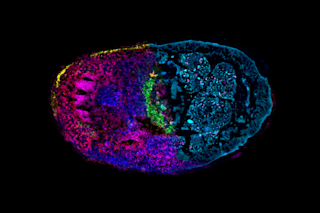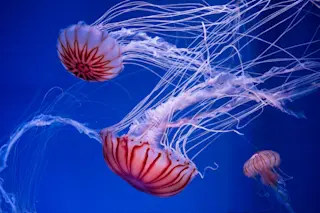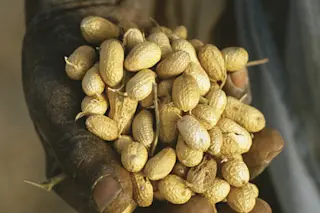As far as Ken and Janet Storey are concerned, the most interesting frog is one that doesn’t move or breathe and has no heartbeat or brain activity. In the Storeys’ biochemistry lab at Carleton University in Ottawa, the typical study subject is thrown into an industrial freezer. They call them frogsicles, though they’re partially liquid inside. “Basically, the body turns into a syrupy mass,” Ken Storey says. As far as the frog is concerned, this is nothing out of the ordinary. Like a handful of other creatures, the common wood frog, Rana sylvatica, is a biological conundrum. It spends its winters interned in subzero sleep, its tissues steel-rigid, and revives in the spring raring to go. It’s the Rip van Winkle of the animal world.
The Storeys have spent more than 20 years identifying the genetic switches and biochemical processes that make this reanimation possible. Their work has been avidly ...














